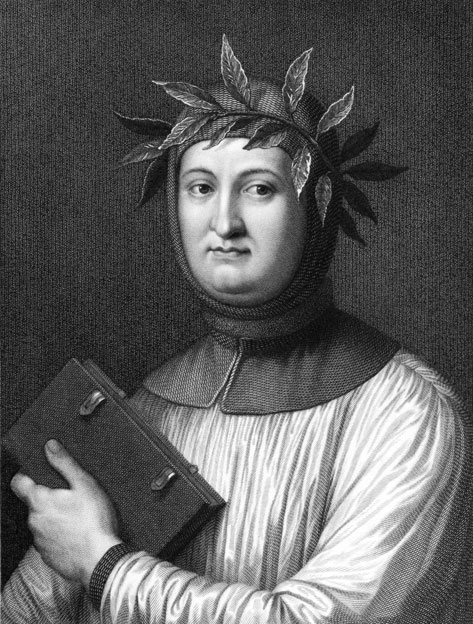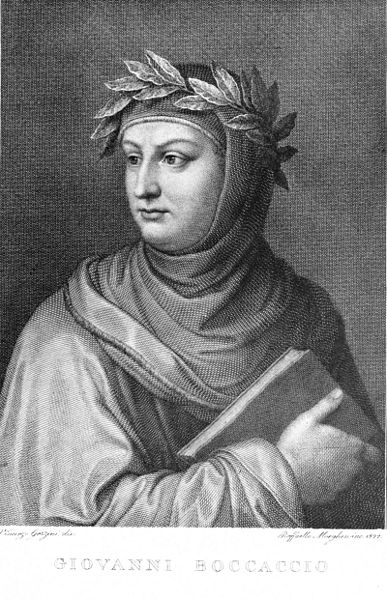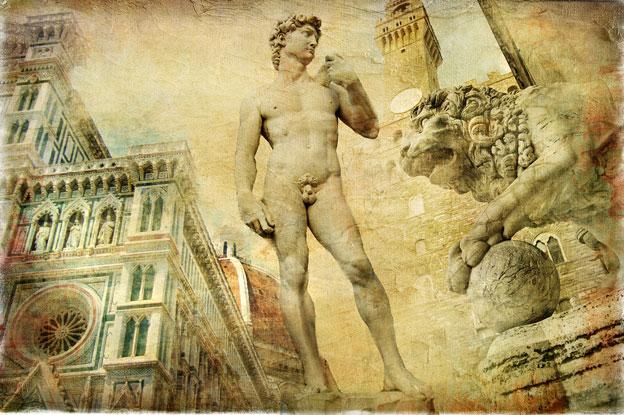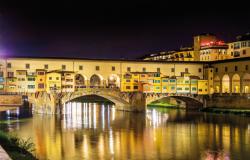In our second article dedicated to the Italian Renaissance, John Bensalhia assesses the core beliefs and philosophies that defined it.
Humanism
The Renaissance may be remembered for the revival in literature, art and music (to name but three), but the backbone of this era was the philosophy. One of the key elements of the Renaissance was an alternative way of looking at the world and the people in the world. The main philosophy brought forward was that of Humanism.
The name sums the philosophy up: this school of thought promotes the beliefs and values of what it is to be human. Moving away from the medieval values of the past, and the more traditional Christian views, Humanism was something new. Instead of an emphasis on faith, Humanism was all about people – relationships between people; human emotions; human achievements; individual thinking.
This was something new. Thinking for yourself had not been a part of the established traditions of faith and belief. Humanism offered the alternative view that people should question things, they should form opinions and engage in intellectual arguments. Expressing oneself was not a bad thing in the school of Humanism – not only was this philosophy all about extending personal knowledge, it was all about championing the good in people. Whereas the traditional view was held that man needed to be redeemed for his sins, Humanism offered another take on this by saying that man was good and that there were all these creative, intellectual talents deep inside, just waiting to be showcased.
Restoring the past
 So where had these views sprung from? The most common source was that of Greek and Roman literature, which was touted by a core group of Humanists, most notably Italian scholar and poet Francesco Petrarca, known as Petrarch.
So where had these views sprung from? The most common source was that of Greek and Roman literature, which was touted by a core group of Humanists, most notably Italian scholar and poet Francesco Petrarca, known as Petrarch.
Petrarch had particular interest in the old scrolls from Greece and Rome. To that end, in order to further the cause of Humanism, a number of scholars and writers began the hunt for these ancient works, which had actually previously been thought lost forever.
In fact, far from being a lost cause, the results of these searches proved to be highly fruitful, as more manuscripts and works were found. Some were in poor condition and had to undergo extensive restoration, but each new result brought further awareness of Humanism. There were generous benefactors who had the money not only to fund the sourcing and restoration of the old manuscripts, but also the building of libraries and museums.
Other philosophical beliefs
As the cause of Humanism spread, this had the knock-on effect of a resurgence in other philosophies and viewpoints, such as Platonism. Neoplatonic philosopher George Gemistos Plethon's discussions on Plato had intrigued members of society in Florence – as a result, ruler Cosimo de' Medici chose to refound Plato's Academy in Florence, opening up new possibilities and teachings for its people.

The Villa Medici at Careggi in the hills near Florence, site of the Platonic Academy
In addition, an interest in Heremeticism re-surfaced in 1460. Philosopher Marsilio Ficino was made aware of the Corpus Hermeticum, a work encompassing the philosophy of Hermeticism, a philosophical and religious tradition founded on writings allegedly by Hermes Trismegistus.
Major players and notable works
Petrarch (Born Francesco Petrarca 1304 – 1374)
Arguably the main driving force behind Humanism, poet and scholar Petrarch spearheaded the beliefs which in turn spurred on the Renaissance.
Although a Catholic, Petrarch championed the beliefs and values of Humanism. He was a writer of poems, essays and also letters, anthologies of which were published. Petrarch's humanist beliefs are referred to in some of these works. For example, in a letter written to Boccaccio, he wrote that: “To desert our studies shows want of self-confidence rather than wisdom, for letters do not hinder but aid the properly constituted mind which possesses them.”
His Life Of Solitude claims that, “In every well-ordered plan for reforming one's life, it is especially important to keep in view that we are guided not by idle wishes, but by our character and predisposition.” Secretum Meum, a trilogy of dialogues written around the middle of the 14th century, meanwhile suggested that the creative imaginations given to people by God were tools to be used rather than ignored. A key advocate of independent, creative and free-thinking thought, Petrarch had considerable influence over other noted humanists.
 Giovanni Boccaccio (1313 – 1375)
Giovanni Boccaccio (1313 – 1375)
A friend of Petrarch, the two originally met in the autumn of 1350. Boccaccio became a dedicated humanist, a notable work of his being 1360's Genealogia deorum gentilium. This work defended ancient literature and schools of thought, a good example of the evocation of the spirit of Humanism. While the clerics thought that such ancient literature would damage Christians, Boccaccio argued the case for these works, saying that they were vital for the progression and development of the Renaissance.
Coluccio Salutati (1331 – 1406)
Coluccio Salutati was one of the main finders of classical manuscripts. This Tuscan humanist put in both the time and the money to bring together a great collection of books, some 800 of which were housed in a large library in Florence. Amongst his discoveries were Cicero's Letters To His Friends. In addition to the cause, Salutati promoted the viewpoints of the growing band of younger Humanists such as Bracciolini. His own take on Humanism could be seen in his works with a view to imitating antiquity in order to “produce something new”.
Niccolò de' Niccoli (1364 – 1437)
Niccolò de Niccoli's greatest legacy can still be found all over the world today. He was the inventor of italics, which came about from his dedicated study of ancient manuscripts. He would collate and copy the manuscripts, segmenting them into chapters and ensuring that the text was highly accurate.
During the copying process, De Niccoli would use a special style of slanted lettering which would later be adopted as the standard form of italics used by Italian printers.
Leonardo Bruni (c.1370 – 1444)
Leonardo Bruni was regarded as the first of the modern historians. A former student of Coluccio Salutati's, Bruni would go on to translate Aristotle's Greek philosophical works into Latin. He would also be the first man to write in a style that distinguished history into three separate camps: Antiquity, Middle Ages and Modern.
Gian Francesco Poggio Bracciolini (1380 – 1459)
Bracciolini was not only a scholar and writer, but a dedicated member of a group devoted to find and restore classical manuscripts. Between the years of 1415 and 1417, Bracciolini succeeded in finding and restoring Latin literature and manuscripts by the likes of Vitruvius and Columella. Other discoveries found by Bracciolini included Cicero's Pro Sexto Roscio and Lucretius' De Rerum Natura, a Latin poem split into six books. The latter discovery was a great find for the Renaissance, discussing the mind, the development of the world, and the consideration of the impact of atomism.
 Giovanni Pico della Mirandola (1463 – 1494)
Giovanni Pico della Mirandola (1463 – 1494)
In his short life, Giovanni Pico della Mirandola made a name for himself in the Renaissance. One of the cornerstones of Humanism, Mirandola's Oration Of The Dignity Of Man accompanied his defence of 900 theses on religion, magic and philosophy. The ambitious work asserted, amongst other things, that it was vital that humans undertake their quest for knowledge. Mirandola also claimed that human beings had the ability to change themselves (as compared to other outside forces changing other forms of nature) and that the whole of creation was a symbolic reflection of God's divinity, thus spurring on more writers and painters to reach high levels of acclaim.
Mysteriously, Mirandola died at the young age of 31 – the common story is that he died of arsenic poisoning in suspicious circumstances. Despite his early passing, his work ensured that his legacy lived on.








